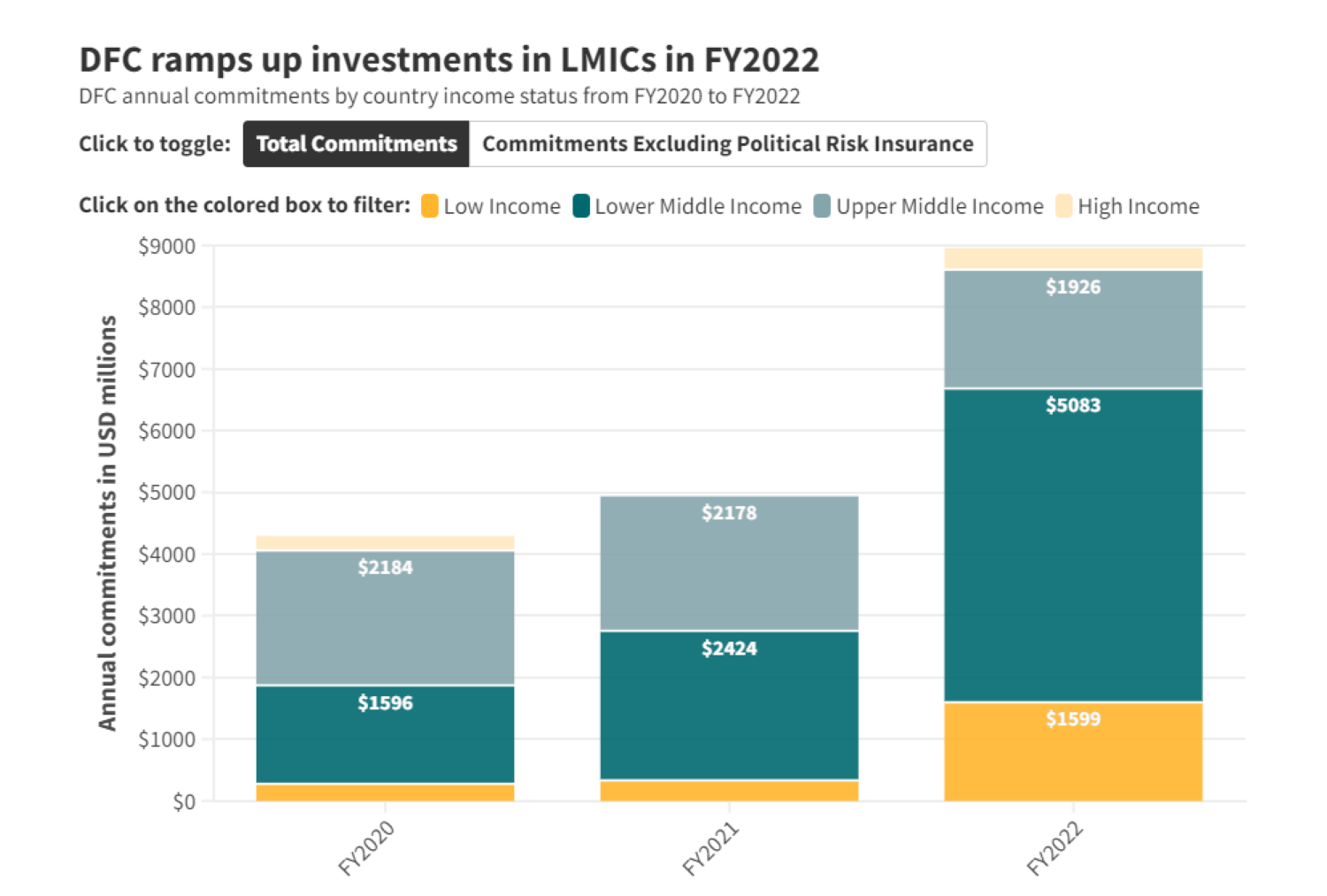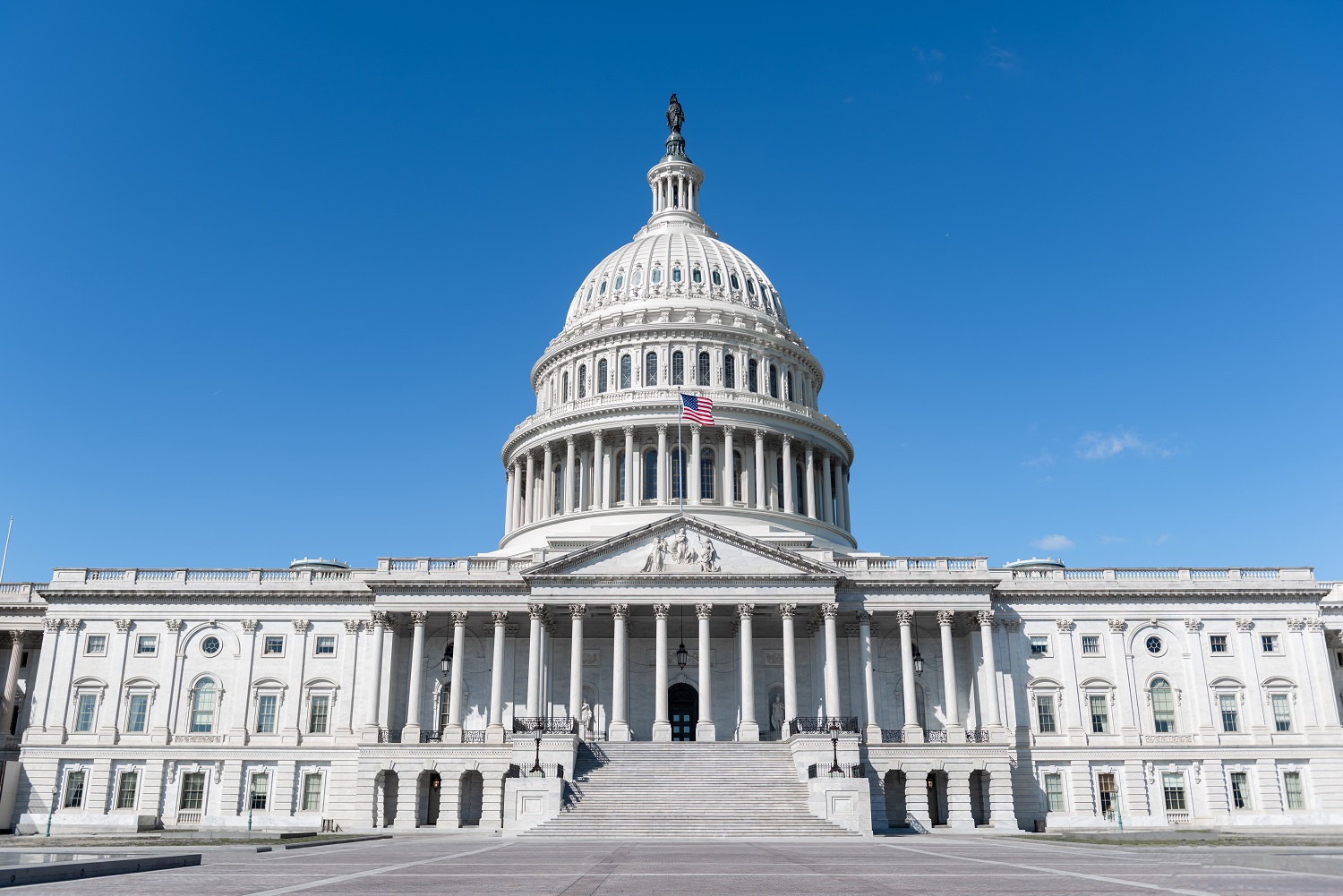OPIC recently announced it will invest $2 million in a Development Impact Bond (DIB) aimed at improving the availability and quality of cataract surgery services in Cameroon. Specifically, OPIC’s investment will support the Magrabi ICO-Cameroon Eye Institute, a new hospital with an efficiency and financing model based on the acclaimed Aravind Eye Hospitals, over several years. The OPIC news is particularly exciting for four reasons.
First, the investment is another example of the development community’s continued pivot toward results-based financing and greater private sector engagement. DIBs involve three main players: investors, implementing organizations, and outcome funders (typically aid agencies or foundations). Investors provide start-up or growth capital for an intervention, and implementing organizations use that capital to deliver services to a target population. If an independent third party verifies the achievement of targets previously agreed to by all the involved parties (e.g., 80 percent of patients have successful surgeries), the outcome funders repay the investors their principal plus some extra amount. If the targets are not reached, outcome funders do not have to repay the investors in full. In addition to leveraging upfront funding from them, DIBs can incentivize deeper engagement from the investors, as the success of the project influences their final payout. Investors consequently have a reason to apply their knowledge of performance-management to drive innovation and progress. UBS, the investor in a DIB on education known as the Educate Girls DIB, applied risk management and monitoring strategies it had not applied in similar projects.
Second, once the cataract bond is launched, OPIC will be one of the first development finance institutions (DFIs) to support an impact bond. The Inter-American Development Bank’s Multilateral Investment Fund has committed to providing technical assistance for a recently launched impact bond in Colombia on urban employment, and it already provides technical support to other Latin American countries seeking to implement impact bonds. Lots of DFIs have talked about scaling up their impact investment portfolios, but none until OPIC has done so with much rigor. The approval of the cataract bond sets the stage for other teams at OPIC and other DFIs to understand the potential role that DIBs could play in their overall portfolios.
Third, OPIC’s commitment fulfills almost all the cataract bond’s investment needs ($2.5 million) at a time when the cataract bond already has its outcome funders in place (the Conrad Hilton Foundation, the Fred Hollows Foundation, and Sightsavers). Apart from a Humanitarian Impact Bond on physical rehabilitation that launched early last month, no other health-related impact bonds have reached the launch stage. Many, however, have been proposed, including a few on malaria, HIV, early childhood development, sleeping sickness, and family planning. Several of these have struggled to find investors. OPIC’s commitment thus represents a significant step toward the launch of the cataract bond, as well as further testing of the DIB model itself. Results from year one and year two of the Educate Girls DIB were very positive, but it remains vitally important to test the DIB model in various forms.
Finally, insights gleaned from the cataract bond will be valuable for future health-related DIBs. We’ve been interviewing members of the cataract bond’s design coalition on the lessons they learned throughout the development of the bond. We’ll soon release a policy paper outlining those lessons and how the challenges they faced compare to the questions and obstacles others have experienced while attempting to launch health-related impact bonds. Much of the literature on DIBs and Social Impact Bonds (impact bonds where a government serves as an outcome funder instead of a foundation or aid agency) focuses on whether impact bonds have worked, and not what common pitfalls or concerns should be kept in mind before diving into preparation (Brookings launched a report in this space recently). CGD will also host the key stakeholders of the cataract bond at a launch event in early 2018 to discuss the findings from the paper.
As the development community seeks opportunities to leverage blended finance for the achievement of the Sustainable Development Goals, the OPIC-supported cataract bond has much to offer. It will test the DIB model more generally and in the health space, as well as highlight the potential benefits DFIs can bring to and receive from a DIB. Congratulations to OPIC for its commitment to generating evidence on what works (or doesn’t work) in global health and beyond.
CGD blog posts reflect the views of the authors, drawing on prior research and experience in their areas of expertise.
CGD is a nonpartisan, independent organization and does not take institutional positions.





